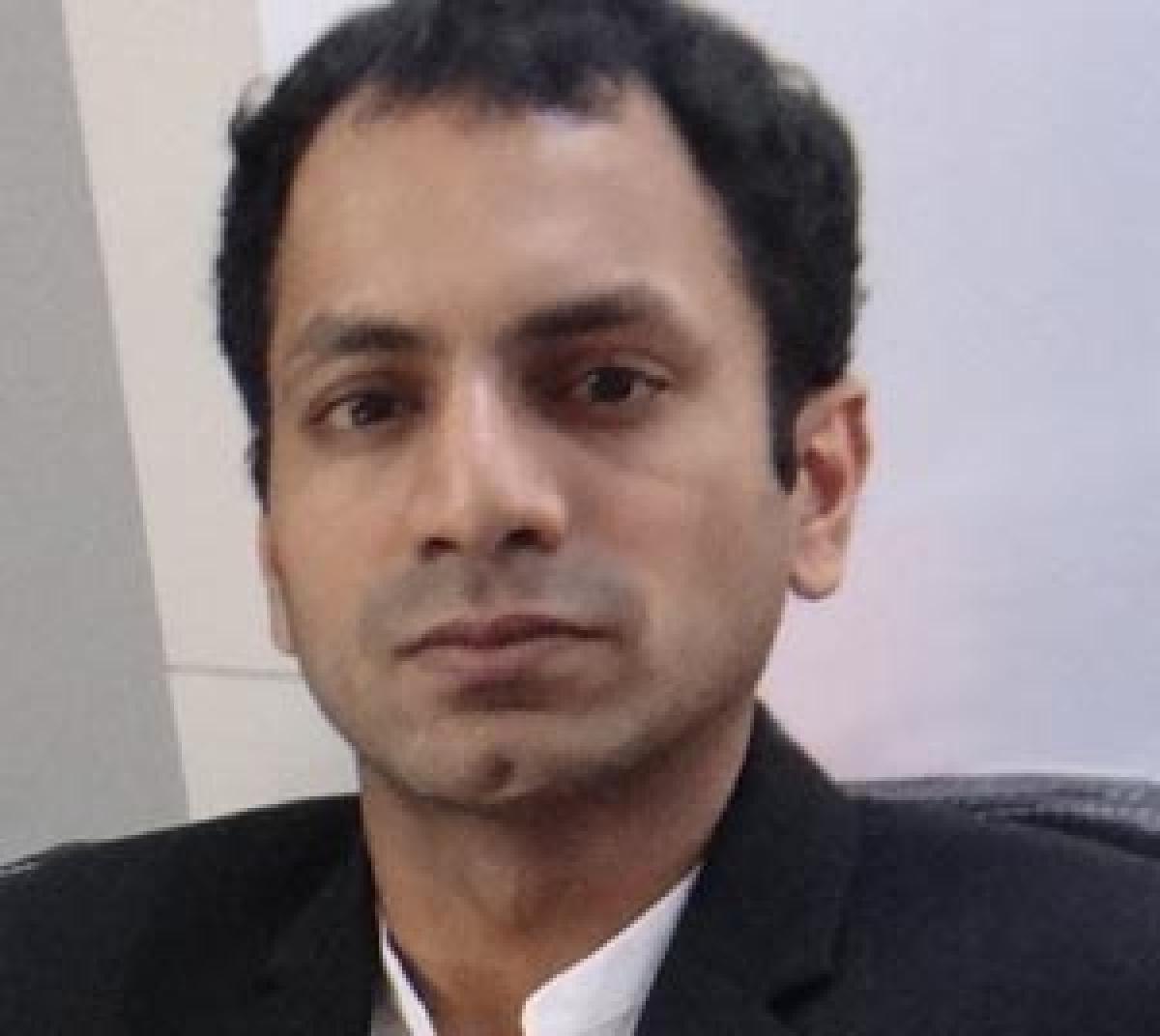Live
- Mahayuti’s Maha win
- Passed exam of democracy: Soren
- Politics of lies defeated: Modi
- Ruling parties hold sway in bypolls
- Returnable plots allotted to Amaravati farmers
- Godavari to quench Hyderabad thirst
- Nov 30 last date for submissions for Governor’s Award
- Do not collect pictures as trophies
- AP to receive rains as low Pressure in Bay of Bengal to turn depression
- Officials told to focus on popularising welfare schemes
Just In

While purchasing the latest medical equipment can be a decisive factor driving business to corporate hospitals, the vast majority of nursing homes and public hospitals in the country use the outdated or refurbished equipment. Similarly, variability in digital literacy amongst the agents delivering healthcare to patients, doctors, is huge.
Doctors and their comfort with digital engagement to deliver a better healthcare
While purchasing the latest medical equipment can be a decisive factor driving business to corporate hospitals, the vast majority of nursing homes and public hospitals in the country use the outdated or refurbished equipment. Similarly, variability in digital literacy amongst the agents delivering healthcare to patients, doctors, is huge.
Technology is the key to building and retaining a patient base, and doctors all rely on various forms of technology like mobile phones, computers, and other digital devices to some extent. Typical institutional handling of equipment and information systems around them, are undertaken by technicians and attendants in the hospital setting, leaving personal computers and devices as the most used tools by doctors.
A vast majority of doctors are email and web literate, with the exception of portions of the medical professional base above the age of 60, who are in semi-retired status. iPhones tend to be used by key opinion leaders (KOLs), but not by regular doctors, who use Android phones, or in some cases with older or more remote doctors, handsets not enabled with smartphone capability.
The urban-rural and private versus public sector divide also dictates familiarity with technology and sophistication with devices. Perhaps due to time constraints, aside from listings to drive patient activity generally initiated by external technology players such as Practo, doctors who have not travelled or received education abroad are less familiar with Apps and the use of business or productivity enhancing tools enabled by the Web.
Other Apps like eMediNexus bring clinical content and learning tools directly to doctors and face a higher level of adoptions. While ecosystem plays in the digital realm focusing on healthcare and doctors are mushrooming in the Indian startup environment, they all face challenges in building a significant supply of medical professionals to sustain operations and scale.
It is strongly encouraged that in the medical education system, the significant focus should be initiated on the usage of technology and increasing the digital footprint of medical professionals. As the insured base across India builds, this will drive further technology-driven innovation in monitoring, fulfilment, outreach, patient support, and discovery.
In comparison with other developing nations, technology adoption in India is high, but amongst doctors, given the high level of localisation and short supply of infrastructure, digital literacy amongst doctors is low in the country, albeit increasing steadily. (The writer is co-founder of eMediNexus)
By Nilesh Aggarwal

© 2024 Hyderabad Media House Limited/The Hans India. All rights reserved. Powered by hocalwire.com







